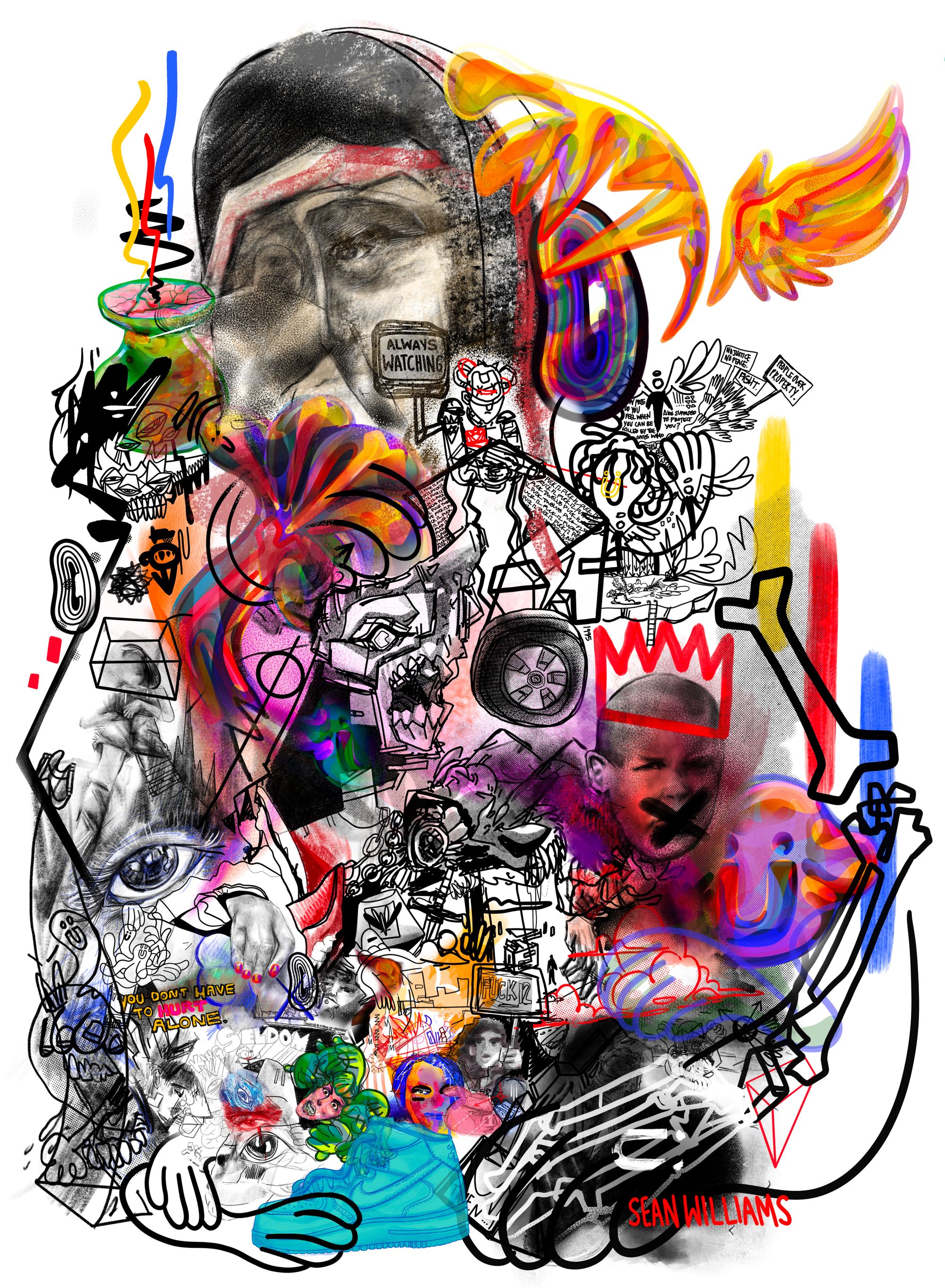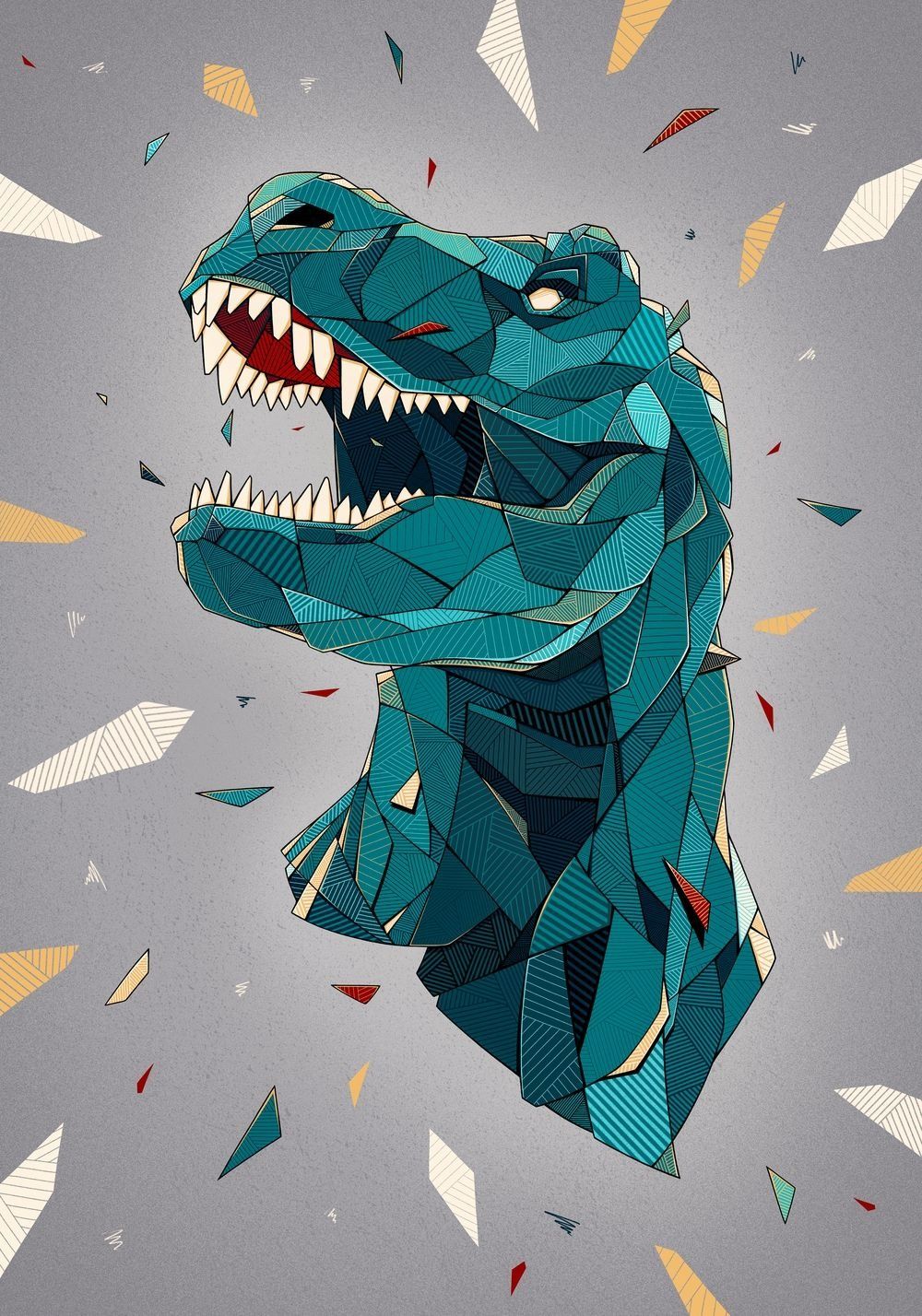In the luxury art world, traditional valuations hinge on well-established methods. Among these are the Comparative Sales and Expert Appraisal methods. The former considers recent sales of comparable artworks, while the latter relies on insights from art appraisers familiar with market trends and historical context.
However, the digital era challenges these conventions. The rise of Non-Fungible Tokens (“NFTs”), digital tokens that represent art on the blockchain, ushers in a need for new valuation perspectives. The liquidity and ease of digital art trading, coupled with the correlation between an NFT and its represented asset, show that art valuation is adapting to a digitized age.

The Valuation of the Physical Print
In the early days of the digital art boom, artist-offered prints were rarities. Platforms like SuperRare primarily showcased 1/1 pieces that often came with a promised physical print. A standout piece from this period is “Haünted by a Taste of Freedom'' by iartsometimes (Sean Williams). Initially minted toward the end of March 2021, it wasn't just its artistry that held people's attention. Its portrayal, capturing a deeply personal perspective of someone navigating the challenges and experiences of 2021, resonated with many.
What further elevated its allure was the promise:
"The Owner of this WEIRDWILDWORLD NFT will receive a 20" X 30" Giclée Art print with 1/4" White Foamboard Mounting, printed on Torchon Paper, signed by the artist."
After the piece landed in the hands of a notable collector, I realized it was the first time I questioned: What if the physical is separated from its digital partner?
This inquiry was further elevated when Tyler Hobbs unveiled his Art Blocks Curated series, Fidenza, in June of 2021. He took a slightly different approach with a physical print, adding a twist:
"This page will keep track of which Fidenza NFTs have been printed. Each edition can only be printed once. You must prove ownership of the NFT at the time of purchasing the print."
Fidenza prints were limited to one per NFT, requiring proof of ownership. In the months that followed, many collectors zeroed in on the unprinted Fidenza’s. Unless there’s some interactivity between the physical and the digital, It’s arguable that one can be equally satisfied having their own print at home or better still, showcasing it in its digital glory.
Then came Tyler Hobbs' intriguing drop, F(l)ight - a small curated collection on Feral File that probed the evolution from nature's wonders to penned down art. Here, artists utilizing pen plotters released sets of 30 pieces, coupling a digital NFT with a physical print. Similar to earlier trends, the print was exclusive to the initial purchaser.
Fast forward two years post the F(l)ight inaugural sales, and only a handful of these artworks have exchanged hands. A recent sale on October 24, 2023 at 14 Eth for a piece inclusive of the physical print, whereas a 9.99 Eth offer hangs in the balance, largely because the owner reportedly "lost" the tangible print. For an NFT collection that's so intrinsically tied to its physical rendition, it's hard not to allocate a premium to the tactile version.
However, it's worth noting that the landscape is shifting. The current trend, especially prevalent in long-form generative art, is for any owner to affirm their ownership and commission a physical print from the artist. This practice is no longer the exclusive domain of the primary buyer or a one-off affair. By democratizing the printing rights, we potentially dilute the rarity of the physical while simultaneously amplifying the allure of its digital NFT counterpart. This adjustment hints at a more inclusive future, where owning the digital representation could mean a lot more than just holding a unique token.
Physical offerings have sparked fervent debates regarding the tangible value of these art prints. Are they destined to be mere souvenirs, or do they possess inherent value, especially when juxtaposed against their tokenized counterparts?
The Valuation of the Digital
While traditional art and collectibles have garnered an extensive history of valuation criteria, digital art fundamentally lies in uncharted territory. The digital canvas extends beyond the art's inherent qualities and ventures into volatile, and oftentimes, unpredictable market dynamics.
There exist several other notable factors that differentiate the digital art market from its physical contemporary; The emergence of digital scarcity through NFTs plays a pivotal role. The liquidity of a collection influences price discovery, with NFTs also facilitating ease of creation. With lower supply, there is often decreased liquidity, introducing a new layer to valuation complexities. In addition, some collections now extend physical prints to secondary purchasers, further blurring valuation lines.
The Valuation of Dynamic NFTs
The rapid advancement of technology and the exponentially growing online engagement have reshaped our understanding of 'value.' As the digital realm gains prominence, we anticipate that digital items will soon overshadow the value of their physical counterparts. While we dive deeper into the digital world, advancements in digital screens, holography, AR, and VR continue to amaze us.
Now, envision an augmented reality dining room table that's not just visual but also interactive. As you savor different flavors, the surrounding environment responds and transforms. Or imagine some of your closest friends joining you holographically in unique NFT dining settings worldwide. The absence of a physical counterpart within such a digital dining experience doesn’t lessen its intrinsic value.
Yet, we also believe in the counter-argument that as digital items become socially ubiquitous, traditional assets may gain value as nostalgic relics. In a future dominated by virtual interactions, tangible artifacts could become invaluable keepsakes.
This debate takes center stage with collections like Snowfro’s Chromie Squiggle. Renowned in the NFT sphere, it signifies:
"Simple and easily identifiable, each Squiggle embodies the soul of the Art Blocks platform. Consider each my personal signature as an artist, developer, and tinkerer." – Snowfro
The Chromie Squiggle distinguishes itself as a dynamic NFT, boasting animated or generative visuals, setting it apart from its static counterparts. The evolving response to dynamic digital art, especially with advancements in digital display technology, is a trend worth monitoring closely.
While an NFT’s programmability and seamless digital trading offer unique advantages, they don't necessarily overshadow the value of a tangible counterpart. For instance, a Patek Philippe watch is a testament to craftsmanship, yet, combining its tangible form with an NFT that provides exclusive perks presents a complex valuation challenge.
When assessing the value of NFTs and their tangible peers, we note the following principles:
- A dynamic digital art piece may diminish the value of its physical print.
- Items rooted in physicality (e.g., a Patek Watch) likely have higher tangible value.
- The closer the integration between the digital and physical realms, the more intertwined their values become (e.g., a baseball card linked to its corresponding NFT could display highlights from the player’s annual performances).
Conclusion
This digital transformation prompts us to reevaluate our perceptions of 'value.' The merging of digital and physical realms suggests that hybridized models of value may become standard. As art and technology converge, novel expressions and ownership forms emerge.
Digital assets compel us to re-envision tradition and modernity, merging them into a comprehensive artistry appreciation. In this era, adaptability and open-mindedness are paramount.
Whether drawn to the precision of NFTs or the tactile allure of traditional art, we're on the brink of a revolutionary phase in asset history. This evolution isn't merely technological; it's a harmonious blend of culture, commerce, and creativity. An enthralling epoch awaits observers, artists, and collectors alike.
This is an opinion piece on behalf of digital art collector and investor, Dinosaur (@Dinosaur0x). Additional information can be found at our website, Anagram.xyz and Anagram Blog.
